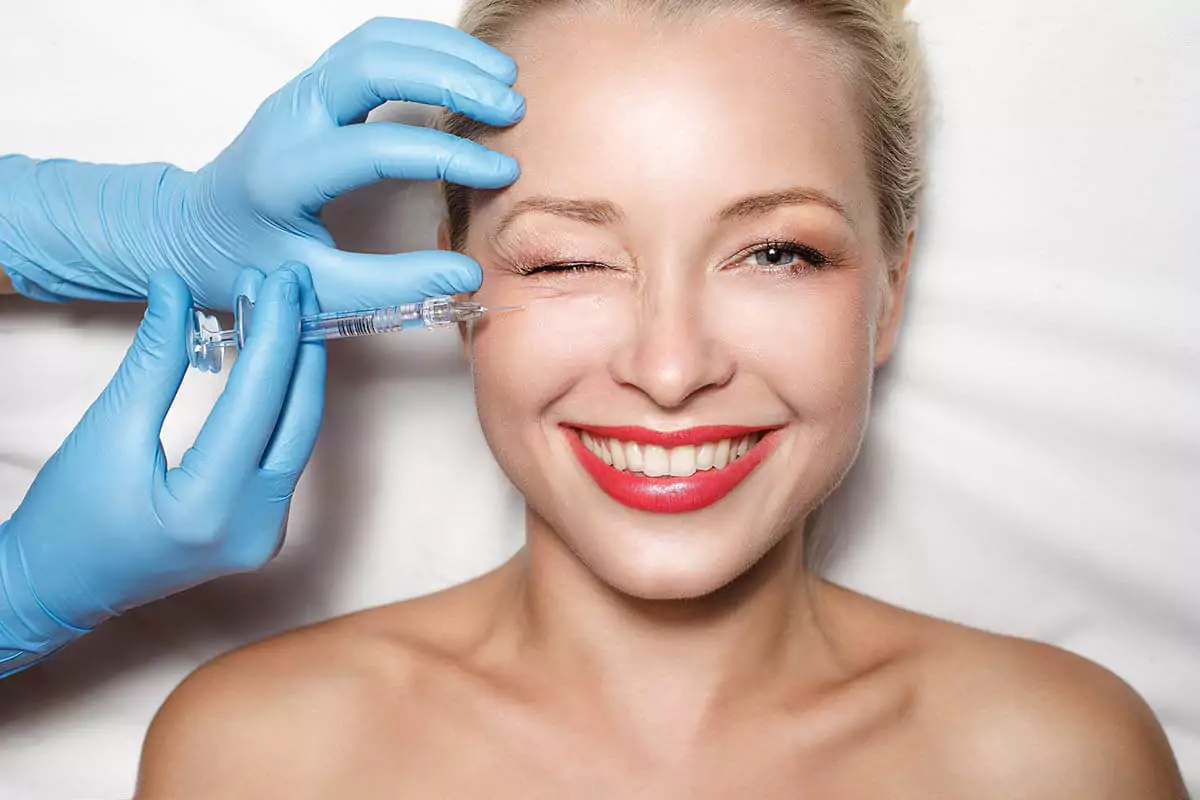
Botox isn’t only for cosmetic use. In migraine treatment, it works differently. It blocks nerve signals that trigger pain. Injections target specific muscle groups. These include the forehead, temples, and neck. The chemical pathway involved is acetylcholine. Botox prevents its release. Muscles don’t contract the same way. As a result, pain signals reduce. The treatment interrupts the feedback loop between nerves and the brain.
Patients receiving Botox for migraines typically report fewer headache days per month
This treatment doesn’t eliminate migraines instantly. It reduces their frequency and severity over time. Patients report fewer monthly headache days. Some experience a 50% reduction. Results vary by individual. The effect strengthens with repeated cycles. Many see improvement after the second session. Tracking headache days helps measure progress. Fewer flare-ups lead to improved daily function.
The procedure involves 31 injections across seven targeted areas of the head and neck
A standard protocol exists. It’s FDA-approved for chronic migraine. Patients receive 31 injections each session. These are spread across the forehead, sides, and back of the head. Neck and shoulder muscles are also included. The full process takes 15–20 minutes. Precision matters. Each site is selected based on nerve path relevance. The injection pattern follows a structured map.
Chronic migraine diagnosis requires 15 or more headache days per month for treatment eligibility
Not all headache types qualify. Botox is approved only for chronic migraines. Patients must experience 15 or more headache days each month. Of those, at least 8 must have migraine features. Diagnosis is made by a neurologist. Headache diaries help confirm frequency. Without this documentation, insurance may not cover treatment. Timing and patterns are essential in assessment.
Botox does not relieve migraines that have already started when injected during an active episode
It’s a preventive method, not an acute remedy. Botox won’t stop a migraine in progress. Injections must be administered regularly. Effect builds over several months. Relief comes from reduced frequency. Acute medications remain necessary for breakthrough episodes. Botox complements, rather than replaces, other therapies. Patients must continue their existing treatment plan initially.
The treatment cycle repeats every 12 weeks to maintain effectiveness over time
Botox wears off gradually. Muscles begin regaining activity after 10 weeks. To stay effective, injections are repeated every 12 weeks. Skipping a session may reduce benefits. Regular scheduling ensures consistent results. Some patients notice increased migraines if delayed. Long-term management requires adherence. Neurologists often set up recurring appointments.
Patients may feel slight discomfort or tightness at the injection site post-procedure
The procedure is brief but may cause temporary discomfort. Injection sites can feel tight or sore. Bruising or swelling is rare but possible. Sensation fades within a day or two. Most patients resume activities immediately. No sedation or recovery room is required. Ice packs may relieve mild irritation. Over-the-counter pain relief is rarely needed.
Migraine-related neck and shoulder tension can improve with targeted Botox application
Migraines often involve muscle tension. Botox reduces this by weakening contraction in affected areas. Neck and shoulder muscles relax post-injection. Tension-related discomfort fades. Some patients report better posture. The physical burden of migraines lessens. Fewer muscle spasms reduce secondary symptoms. Relief isn’t just neurological. Muscular improvements support broader well-being.
Insurance coverage depends on meeting diagnostic criteria and documenting failed past treatments
Costs can be high. Most insurers require prior authorization. Documentation is essential. Patients must try and fail at least two other preventive medications. Medical records must support this. Neurologists prepare detailed case histories. Without this, Botox coverage is denied. Appeals are possible, but slow. Structured documentation improves approval odds.
Long-term use has not shown dependency or addictive potential in clinical trials
Some patients worry about dependency. Botox doesn’t cause chemical addiction. The body doesn’t crave it. There’s no withdrawal effect after stopping. If sessions end, migraines may return. That’s due to muscle recovery, not dependency. Studies confirm long-term safety. Many patients receive injections for years. No tolerance buildup has been observed.
Botox treatment for migraines was discovered accidentally during cosmetic use observations
This medical use wasn’t planned initially. Patients receiving Botox for wrinkles noticed fewer headaches. Doctors began tracking these outcomes. Controlled trials followed. The link became clear over time. It transitioned from cosmetic to medical use. Clinical trials validated its effectiveness. Eventually, regulatory bodies approved it for migraine prevention.
Results depend on individual nerve sensitivity and the exact migraine pattern experienced
Not all patients respond equally. Nerve sensitivity varies. Migraine triggers differ between individuals. Botox may work better for some patterns. Tension-driven migraines often improve more. Hormonal or aura-related types may respond less. Trial and observation help determine suitability. Treatment is personalized based on patient history. Adjustments can be made over time.
Botox may offer emotional relief as fewer migraines reduce anxiety and depression symptoms
Chronic migraines affect mental health. Pain and unpredictability cause anxiety. Frequent headaches lead to depression. Reducing episodes brings psychological relief. Patients regain social confidence. Productivity improves. Emotional health stabilizes. While not a direct antidepressant, Botox enables better mood. Fewer symptoms mean fewer mental health burdens.
Side effects are generally mild and resolve without intervention within days of treatment
Side effects are rare. The most common include localized pain and stiffness. Drooping eyelids may occur in rare cases. These resolve within a few weeks. Allergic reactions are extremely uncommon. Most complications require no treatment. Neurologists monitor new patients closely. Risk drops with repeated cycles. Clinical history helps assess suitability.
Muscle weakness near injection sites may happen but usually fades within a week
Temporary weakness may be felt. This occurs near the injection points. Chewing, smiling, or lifting might feel different. The effect is dose-dependent. It fades quickly. Activities resume normally. Adjustments can be made in future sessions. Most patients adapt within days. Dose mapping minimizes this outcome.
Botox for migraines is not the same formulation used in aesthetic applications
The medical-grade product differs. Migraine Botox follows a distinct concentration. The dilution varies between treatments. Sites and doses are also different. Cosmetic Botox targets surface-level muscles. Medical Botox goes deeper. Providers must be trained specifically in headache protocols. Using aesthetic products for migraines is inappropriate. Medical use requires precise formulation.
Treatment may improve sleep patterns by lowering nighttime pain and reducing awakening frequency
Migraines disrupt sleep. Pain causes night awakenings. Quality rest becomes impossible. Botox reduces these nighttime episodes. Patients report longer uninterrupted sleep. Sleep stages normalize. Morning grogginess decreases. Improved sleep enhances mood and focus. The benefit extends beyond daytime relief.
Providers recommend continuing headache diaries to monitor progress and adjust future sessions
Tracking remains vital. Diaries capture headache patterns. Patients log frequency and severity. Changes after each cycle are recorded. This guides future dose adjustments. Data improves care. Shared notes allow physicians to refine treatment. Headache calendars reveal missed improvements. They also track external triggers.
